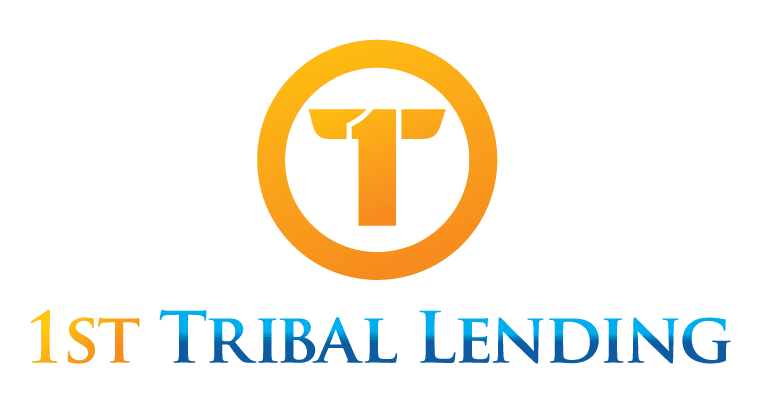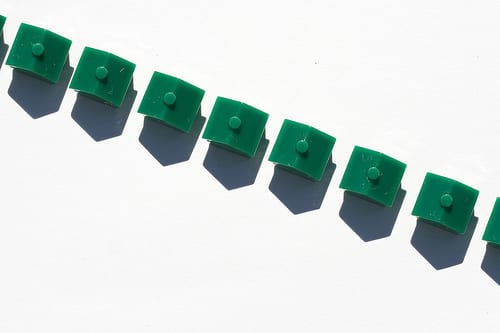There are many things that can be confusing and frustrating when trying to apply for a home loan or mortgage, and even more difficult if you are a member of a Native American Tribe or Alaskan Native Tribe. Before 1992, it was nearly impossible for Native Americans who lived on reservations to obtain a mortgage. When the Section 184 Loan Guarantee Program was created by the Housing and Community Development Act of 1992, attaining a loan or mortgage became easier. Here are a few basics to help you understand Section 184 and how it works.
What is HUD Section 184?
Administered by the Office of Native American Programs within the US Department of Housing and Urban Development, Section 184 loans are specifically designed for American Indian and Alaska Native families, Alaska Village, Tribes, or tribally designated housing entities. These loans can be used both on and off reservation lands for new construction, rehabilitation, purchase of an existing home, or refinance. Section 184 is a program that is specifically geared towards these groups because of the unique status of Indian lands.
These lands and areas are being held in Trust by the US government for specific Tribes or individuals belonging to Native American Tribes. Because of the legal status of a Trust, these lands cannot be mortgaged to prevent the private seizure of Native American lands. Private lenders were unwilling to grant home loans and mortgages because of the difficulty in securing collateral against a loan. The Section 184 was created to give private lenders the insurance they needed to progress with mortgage loans on the reservation. Later as HUD recognized that many Natives do not live on reservations, the program was expanded to encompass areas in states and counties designated by HUD as Tribal Operating Areas. As of January 2012, the Section 184 program has guaranteed over 15,000 loans (approximately $2 billion) to individuals, Tribes, and Tribally Designated Housing Entities (TDHE’s).
How does Section 184 work?
If the land is on tribal trust land, the eligible buyer works with the Bureau of Indian Affairs (BIA) and HUD to set up the home as a lease hold estate, turning the property into a leased entity for the duration of the mortgage plus 10 years after that. Both departments must approve the mortgage, and it’s the lease, not the land itself, that the lender seizes if the loan is defaulted. The land still belongs to the Tribe and is a part of the Trust; the lender cannot sell the land to anyone other than an eligible tribe member, the tribe, or the Indian Housing Authority. For more information on how Section 184 works click here.
Who is Eligible for Section 184?
Section 184 is reserved for members of Native American and Alaskan tribes, so to receive a Section 184 loan you must be an enrolled member of a federally recognized tribe. Enrollment into a tribe is solely made by the tribal government and the tribe will typically provide a card or letter proving your enrollment into the tribe. Proof or tribal enrollment will be necessary when applying for a Section 184 loan. There is a PDF file on the HUD website listing all of the Tribes that participate in Section 184. The participating Tribes are allowed to determine where Section 184 is eligible, whether it is limited to specific counties or state wide.
If you have questions about HUD Section 184 or need any clarification on what was covered in this post please feel free to leave a comment or contact 1st Tribal Lending with your question privately.

